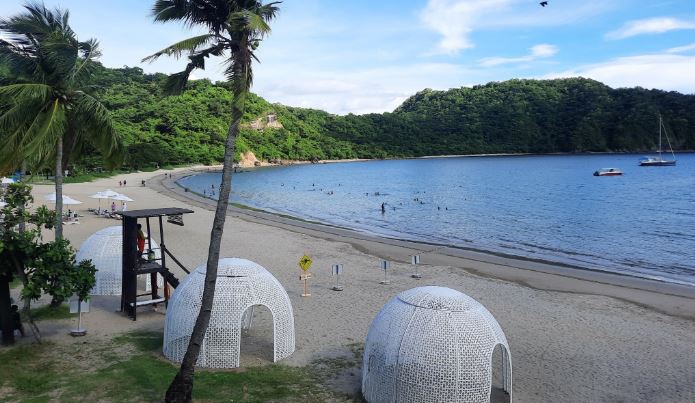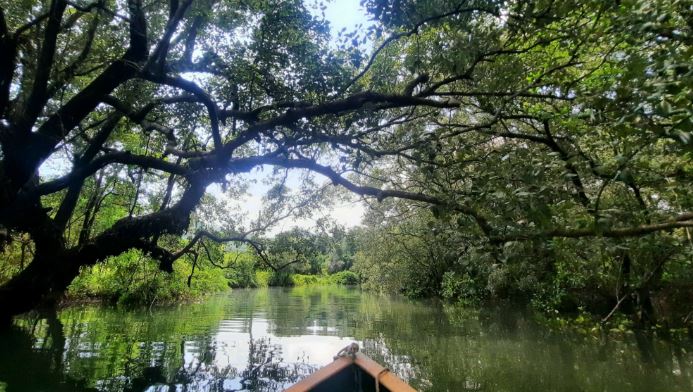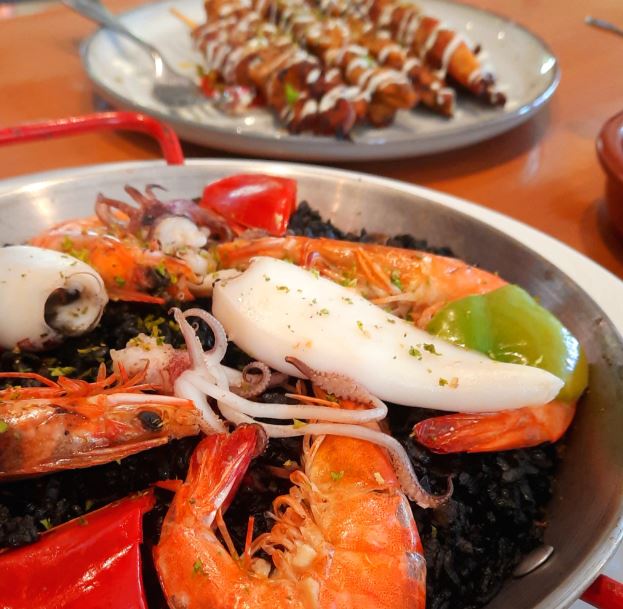Destinations are keeping up with the changing travel behavior among tourists, more and more of whom are seeking out unique and meaningful experiences after more than three years of being cooped up during the pandemic.
Studies showed that travelers are showing a preference for nature-based travel or coastal destinations, while some look for more “wellness experiences” as mentally-exhausting lockdowns and quarantine measures shone light on the importance of an improved health and well-being.
Sustainability has also become a key consideration in travel choices as tourists become more conscious of reducing their carbon footprint and supporting green tourism.
Be it food, eco-friendly practices, people, or simply its tourism offering, the Pico de Loro Cove and the Pico Sands Hotel inside it strive to offer all of these.
It has a 1.5-kilometer stretch of sandy beach that makes for a perfect backdrop for the sunset, a neighboring cove that could rival the calm waters and fine white sands of Visayas beaches, and a well-preserved surrounding that is home to some of the Philippines’ colorful and rare wild birds.
Tourists can access the resort town through the sole hotel situated on the 5,900-hectare Hamilo Coast – the Pico Sands Hotel, open to serve both local and international guests.

As both inbound and domestic travel slowly pick up, the Pico Sands Hotel said it is ready for the opportunities the eventual recovery of the travel and tourism sector will bring, starting by further exploring ways to elevate experience for guests.
“We position Pico Sands Hotel in such a way that we capture the right market and that we stay relevant. Pico Sands Hotel is a complete nature destination capitalizing on unique experiences such as Mangrove Tours, Eco Trails and Marine Sanctuaries,” Pico Sands Hotel General Manager Anne Busfield said in a recent interview.
“Guests prefer experiences that are unique to them, so Pico Sands Hotel is perfectly positioned inside Pico de Loro Cove to create them,” she added.
‘Mangroves and birds’
The coast is home to Nasugbu’s largest mangrove forest teeming with a huge array of wildlife and over 10,000 mangrove trees.
The tour begins with a short 200-meter walk to a small port where rowboats await.

The entire tour takes guests to an hour of tranquil boat ride as they navigate through the lush forest and, if lucky, get treated to a sight of egrets, herons, and mud crabs.
At the end of the forest tour, guest can marvel at the stunning panorama of Papaya Cove, young mangroves field, and the peaking Mt. Pico de Loro where the resort town was named after.
The Pico de Loro Cove is also a gem for birdwatching enthusiasts as it serves as a habitat to 95 out of the 600 avian species in the country – there’s the coppersmith barbet, black naped oriole, the rufous-crowned bee-eater, the Asian glossy starling and more.
Some of the best locations for this activity are at the cove’s St. Therese Chapel of the Child Jesus, the Events Park Garden, and the beach grassy areas at around 6:30 a.m.
What also makes both the boat ride and nature stroll memorable are the guides who themselves teach tourists about the importance of preserving nature while sharing their own interesting anecdotes about the cove.
“Malaki na rin ang pinagbago rito ngayon nagkaroon na ng marine sanctuary tapos mas napangalagaan ‘yong dagat. Kalaunan nadi-discover na marami palang magagandang corals dito (sa Hamilo) at giant clams (A lot has changed here, now we have the marine sanctuary and the sea is well-protected. Over time, we’ve discovered that the place is brimming with beautiful corals and even giant clams),” said Arthur Casasola, cove guide and and one of the first employees at Pico de Loro Cove.
Great food, scenic dining
Completing the experience is the “scenic dining” that the Pico Sands Hotel offers to guests, especially at dinner just as the sun is setting and the afterglow paints the sky with a burst of purple and pink hues.
Beyond its scenic setting, the hotel touts exceptional dishes prepared by its Executive Chef Charles Marindoque, one of the youngest ECs in the Philippines.
Staying true to its commitment to sustainability, its kitchen sources at least 70 percent of its supplies locally and within Batangas.
Some of the must-try dishes here are the pork tomahawk and the ossobuco-style beef bone marrow Bulalosso, which pairs surprisingly well with pasta aglio e olio instead of rice.

“My style is a mix of modern and traditional. I’ve been exposed to modern cooking and also I’ve also had mentors who cook the traditional way so I combine those kind of techniques,” Marindoque said.
“In sustainability, we support local and source from the area so we develop and study how we can further improve, that’s what I’m introducing here at Pico Sands Hotel,” he added.
Attracting eco-conscious travelers
On sustainability as a whole, the cove applies various practices to demonstrate its commitment to reducing their environmental impact.
The hotel itself gets its employees on board with sustainability policies from diverting food waste from landfill through composting; managing its own vegetable garden for restaurant use; reduction of single-use plastics up to the use of upcycled materials as hotel decors.

“A key focus for us is sustainability wherein we look to further deepen our commitment to reducing waste, sourcing local, and protecting the beautiful natural environment of Pico de Loro Cove,” Busfield said.
“We will continuously evolve to ensure that we meet our guest and member expectations by offering exciting new activities and further develop our services here at Pico Sands Hotel,” she added. (PNA)






